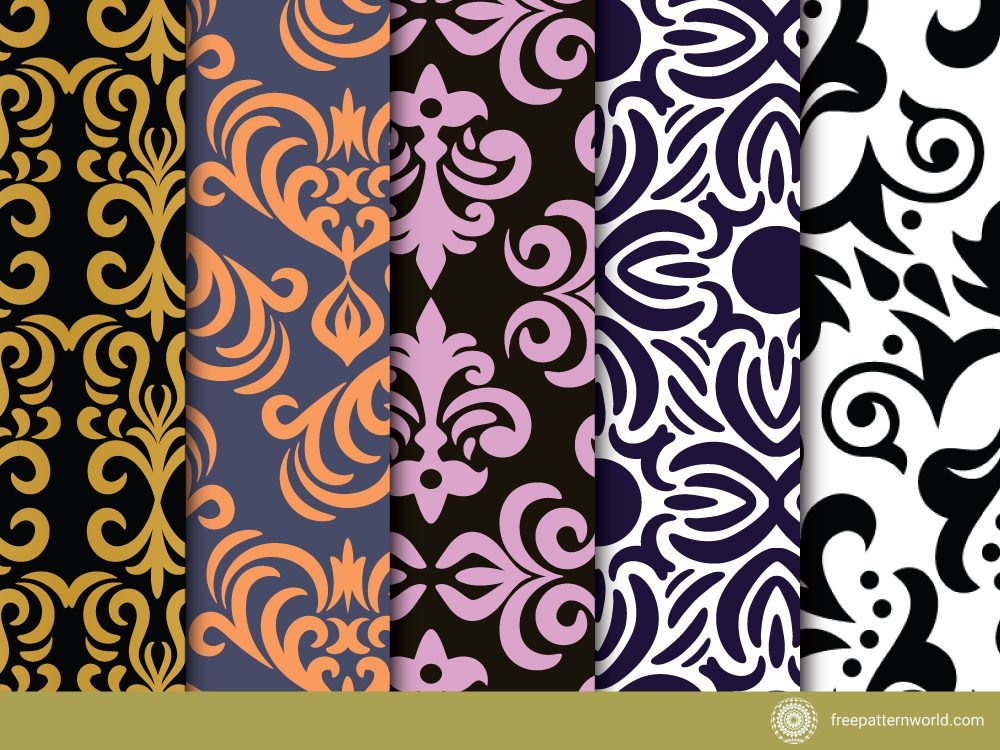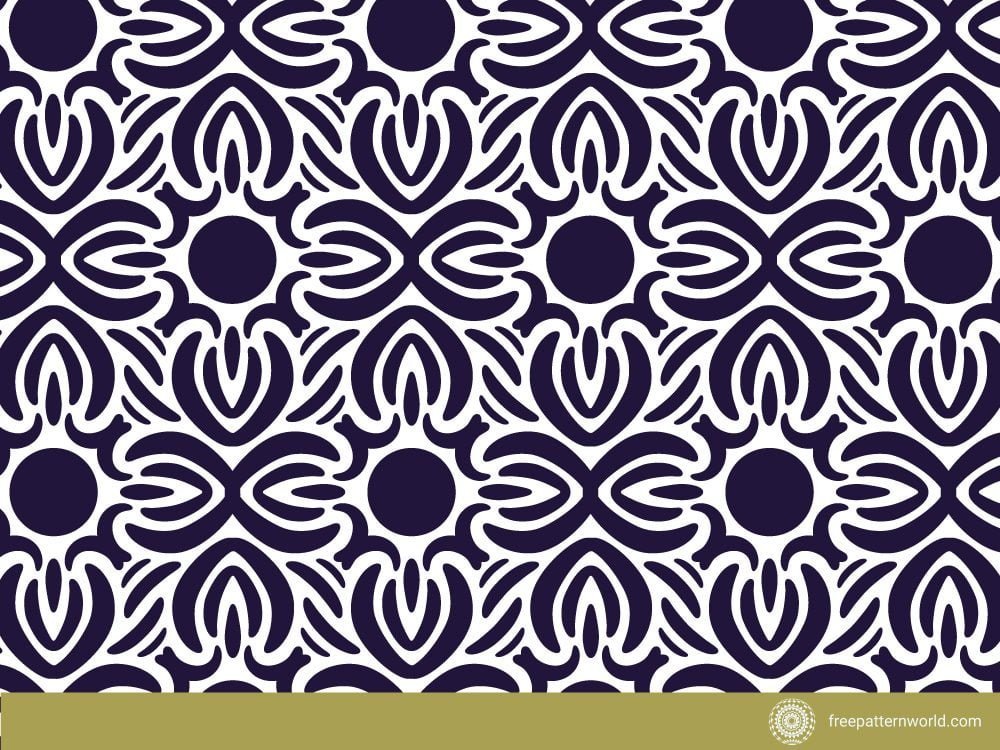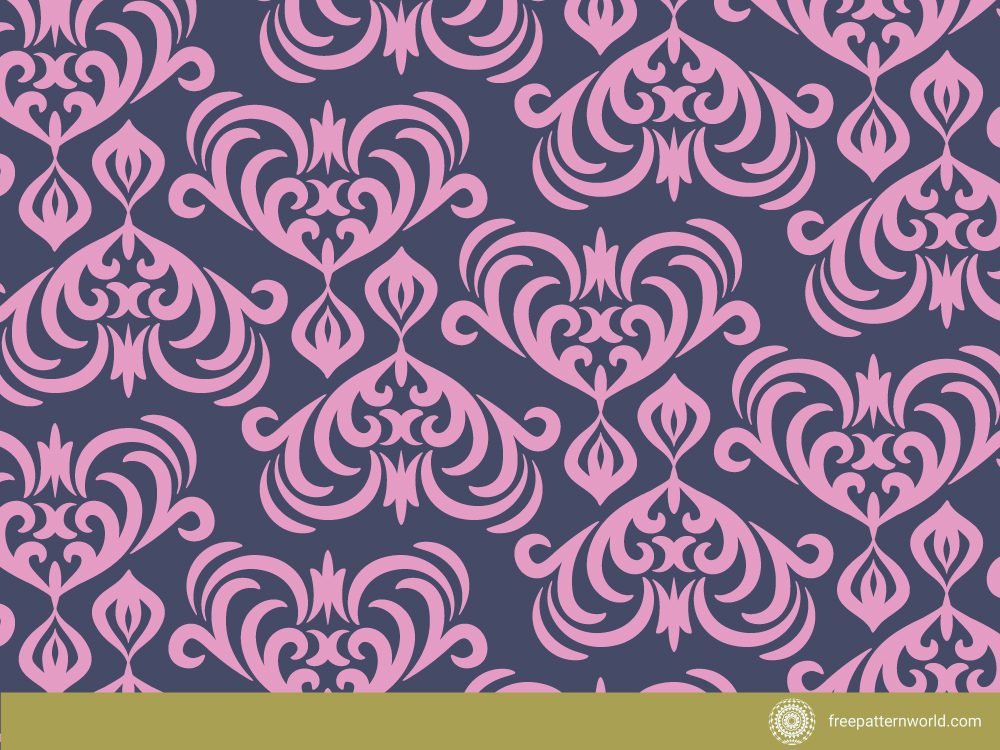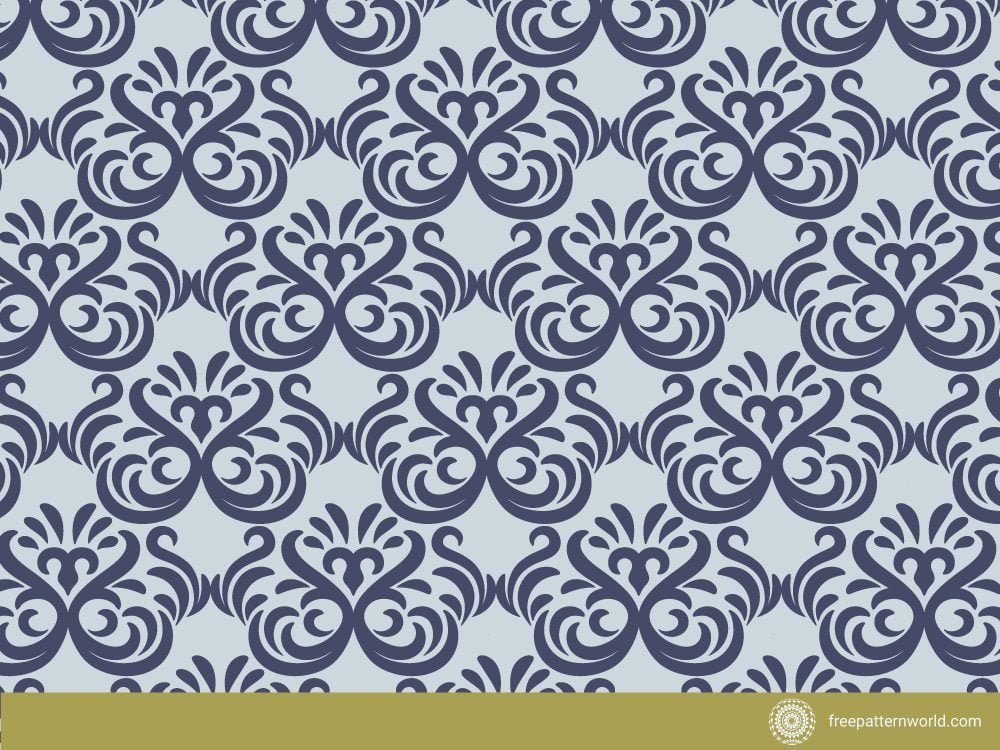
Table of Contents
Introduction
Damask patterns, with their intricate and luxurious designs, have a history that stretches back centuries. These patterns are synonymous with elegance and sophistication, gracing textiles, furnishings, and decor in homes and palaces alike. In this exploration of damask patterns, we will delve into their rich history, the meticulous craftsmanship behind their creation, and their enduring appeal in the modern world.
The Origins of Damask
Damask patterns trace their origins to the ancient city of Damascus, located in modern-day Syria. The art of weaving intricate patterns into textiles flourished in this region, giving rise to the term “damask.” It was in Damascus that weavers first mastered the technique of weaving reversible patterns into fabric, creating a rich, luxurious texture that captivated the world.

Early Beginnings: The earliest damask textiles can be traced back to the Byzantine Empire, where they were highly prized for their beauty and craftsmanship.
Silk and Intricacy: Damask patterns were initially woven from silk, a material known for its sheen and lustrous appearance. The weaving technique allowed for intricate and symmetrical patterns that were both beautiful and durable.
The Renaissance of European Damask
While damask patterns originated in the Middle East, they found a new home in Europe during the Renaissance. European weavers, inspired by the luxurious textiles of the East, began producing their own versions of damask patterns.

Venetian Influence: Venice became a hub for damask production, and Venetian damask, often featuring floral motifs and intricate designs, became highly sought after.

Royal Patronage: European royals and aristocracy were avid patrons of damask textiles, using them to adorn their palaces and court attire. The fabric became synonymous with opulence and prestige.
The Art of Damask Weaving
Creating damask patterns is a meticulous and labor-intensive process that requires precision and skill.

Reversible Designs: One of the defining features of damask is its reversibility. The same pattern appears on both sides of the fabric, achieved by using a combination of satin and twill weaves.

Intricate Motifs: Damask patterns often feature intricate motifs such as floral designs, geometric shapes, and scrolls. These motifs are woven directly into the fabric, creating a seamless and symmetrical appearance.

Damask in the Modern Era
Despite its ancient origins, damask patterns continue to hold a special place in the world of design and decor.
Home Furnishings: Damask-patterned upholstery, curtains, and wallpapers add a touch of luxury to modern homes. They are often used to create a sense of elegance and sophistication in interior design.
Fashion: The fashion industry frequently incorporates damask patterns into clothing and accessories. These patterns are versatile, suitable for both casual and formal attire.
Weddings and Special Occasions: Damask patterns are a popular choice for weddings and special events, adorning invitations, table linens, and bridal gowns.

The Timelessness of Damask
What sets damask apart from other patterns is its timelessness. It has transcended centuries, cultures, and design trends, maintaining its allure and elegance.

Versatile Elegance: Damask patterns effortlessly blend with various design styles, from traditional to contemporary, making them adaptable to changing aesthetics.

Symbol of Luxury: Damask is a symbol of luxury and refinement, adding a touch of opulence to any setting or attire.
Conclusion
Damask patterns are a testament to the enduring appeal of meticulous craftsmanship and artistic excellence. From their humble beginnings in Damascus to their widespread use in the modern world, damask patterns have continued to captivate with their timeless elegance. Whether gracing the halls of palaces, adorning wedding gowns, or enhancing the ambiance of a well-appointed home, damask patterns are a celebration of artistry and sophistication that transcends time and place.
Download more free pattern designs from freepatternword and freepik.
Support Us with Crypto!
If you enjoy our content and want to help keep this site running, you can support us with crypto. Your support is appreciated!
USDT(TRC20): TSW1iyNhUHiGvc2VdQvZqkqgCTGvdrnsY7
Bitcoin: 38ZHQNkrbZKYJhbLeFZiCrQdR3C2ddtAzV
ERC-20: 0xe1BD9D788256905c6efFd38333A3fF1b6DE3ce67
What is a damask pattern?
A damask pattern is an intricate and reversible design typically woven into textiles, upholstery, wallpapers, and other decorative items. It often features symmetrical motifs and a luxurious appearance.
Where did damask based patterns originate?
Damask based patterns originated in the ancient city of Damascus, located in modern-day Syria. The weaving technique that produces reversible patterns in fabric was developed in this region.
What materials are used to create damask patterns?
Traditionally, damask based patterns were woven from silk, known for its sheen and lustrous quality. However, modern damask patterns can also be made from other materials such as cotton, linen, or synthetic fibers.
Are damask patterns always reversible?
Yes, one of the defining features of damask based patterns is their reversibility. The same intricate pattern appears on both sides of the fabric, thanks to a combination of satin and twill weaves.
How are damask patterns used in modern decor and fashion?
Damask based patterns are used in a variety of ways in modern decor, including upholstery, curtains, wallpapers, and decorative items. In fashion, they can be found in clothing, accessories, and even bridal gowns.
Are damask patterns suitable for contemporary design styles?
Yes, damask based patterns are versatile and can be incorporated into contemporary design styles. They can add a touch of elegance and sophistication to modern interiors and fashion.
What motifs are commonly found in damask patterns?
Damask based patterns often feature motifs such as floral designs, geometric shapes, scrolls, and intricate patterns. The choice of motifs can vary based on the designer’s preference and the intended use.
Are damask patterns associated with luxury and opulence?
Yes, damask based patterns are often associated with luxury and opulence due to their historical use in royal palaces and aristocratic settings. They continue to symbolize refinement and prestige.
Can damask patterns be used for special occasions like weddings?
Yes, damask based patterns are a popular choice for weddings and special events. They can be incorporated into wedding invitations, table linens, and bridal attire, adding a touch of sophistication to the occasion.



